Silkie Chickens: The Enchanting Fluffy Angels

Welcome to the paradise of poultry enthusiasts, where we will explore one of the world's most adorable chicken breeds - the Silkie. These small, docile birds are favored for their unique appearance and are a favorite on family farms and with pet lovers.
Characteristics of Silkie Chickens
Feathers: The hallmark of the Silkie chicken is their soft, delicate feathers which, unlike most chickens that have hooked barbs, are more akin to silk or fluff. This unique feathering gives them an almost mythical appearance, reminiscent of creatures from fairy tales.
Skin and Bones: Beyond their feathers, Silkies possess black skin, flesh, and bones, which is extremely rare among poultry. This trait is due to a genetic mutation known as fibromelanosis, which is also why they are considered to have medicinal value in some cultures.
Earlobes and Toes: Another interesting feature of Silkies is their blue earlobes, and unlike most breeds, which have four toes, they have five.
Breed Varieties and Colors
Silkies come in various color variations, including white, black, blue, grey, and partridge. Each color has its own charming features, and their feathers can display a delightful sheen under different lighting conditions.
The Temperament of Silkies
Silkies are renowned for their friendly and gentle nature. They often seek human companionship, enjoy being held, and are ideal as family pets. They also generally get along well with other poultry and rarely show aggression.

Conditions for Raising Silkies
Living Environment: Silkies require a dry, clean habitat. Their feathers are not waterproof, so make sure they have sheltered areas to prevent them from getting soaked in the rain.
Feed and Nutrition: The diet of Silkies should include high-quality chicken feed, fresh vegetables, and an adequate amount of protein. Ensure they have access to plenty of water and additional nutritional supplements, especially during growth and breeding periods.
Health and Care
Although Silkies are relatively healthy, they may encounter issues with parasites and respiratory systems. Their feathers need regular checks to ensure no pests are hiding within. Additionally, their feathers require regular cleaning to maintain their beauty and health.
Breeding Process
Silkies are excellent broody hens with a strong maternal instinct. Choose healthy males and females for breeding and ensure they have a suitable environment. The incubation period is 21 days, during which proper temperature and humidity conditions should be maintained.
Raising Chicks
Chicks that are hatched need a warm, dry, and safe environment. Newborn chicks require special feed, which is crucial for their early growth. Maintain cleanliness and regular health checks to ensure they are not threatened by diseases.
The Use of Silkies
As Pets: Silkies, with their charming appearance and friendly demeanor, become cherished pet chickens in families. The care and attention they need can bring fun and educational value to a household.
For Shows and Breeding: Silkies are common in poultry shows and are used by breeders to develop various colors and traits. Their uniqueness makes them highly popular in exhibitions.
Conclusion
Silkies, with their fluffy feathers, sweet nature, and familial disposition, have won hearts all over the world. They are not only excellent pets but also stars in poultry exhibitions. Although they require certain care and attention, Silkies will undoubtedly bring endless joy and companionship to your family.
Call to Action
We invite all Silkie chicken keepers and enthusiasts to share their stories, pictures, and the daily joys of life with these enchanting feathered friends. Your experiences might inspire novice breeders and allow more people to appreciate the charm of this breed. Feel free to leave comments or tag us on social media to celebrate the happiness that Silkies bring to our lives!
No comments







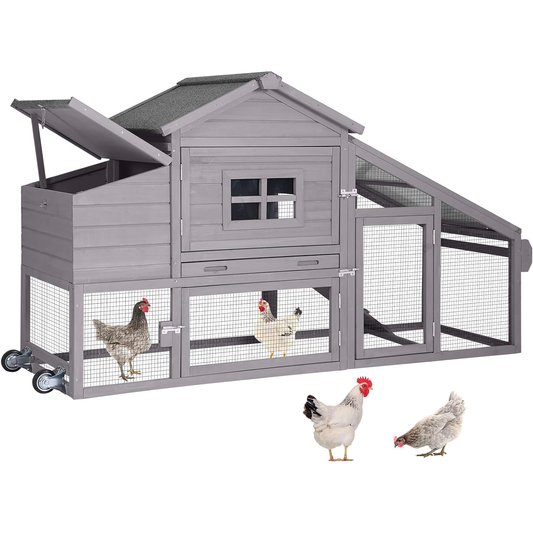

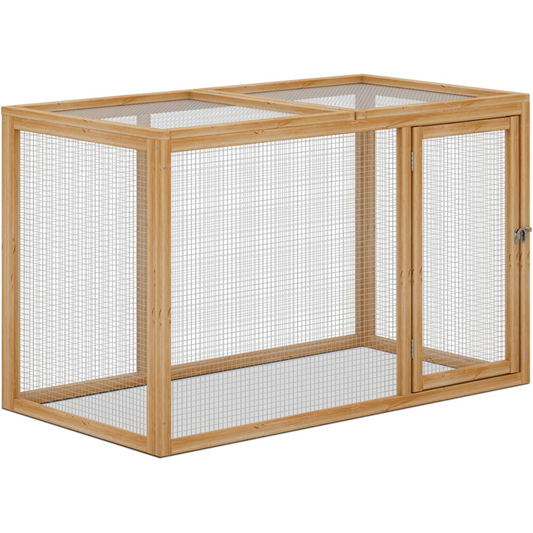
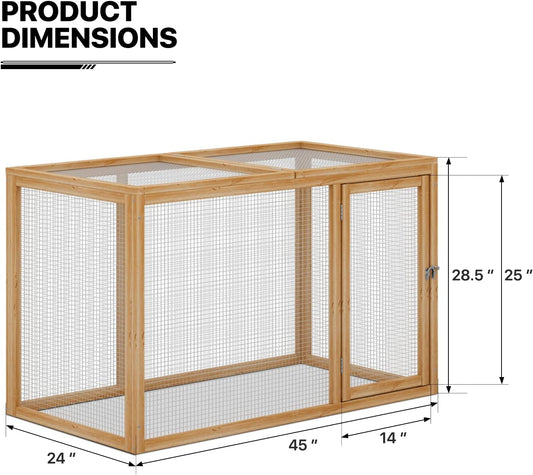
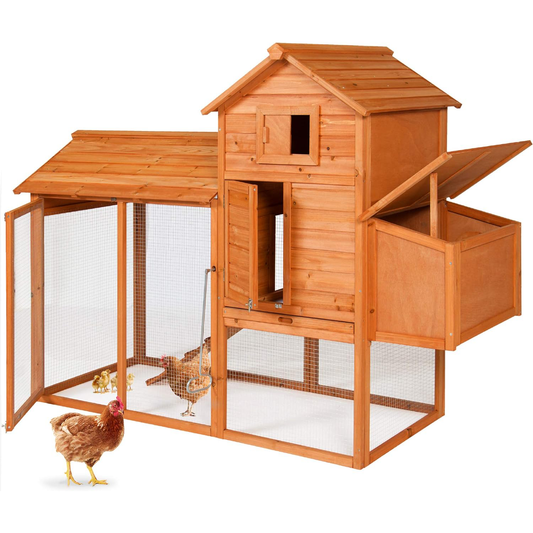

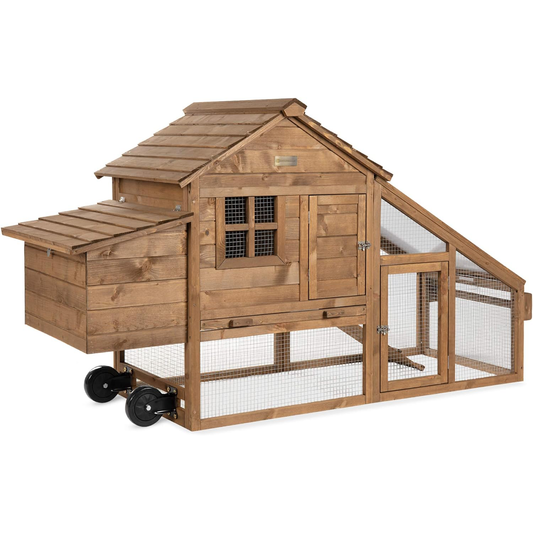



0 comments